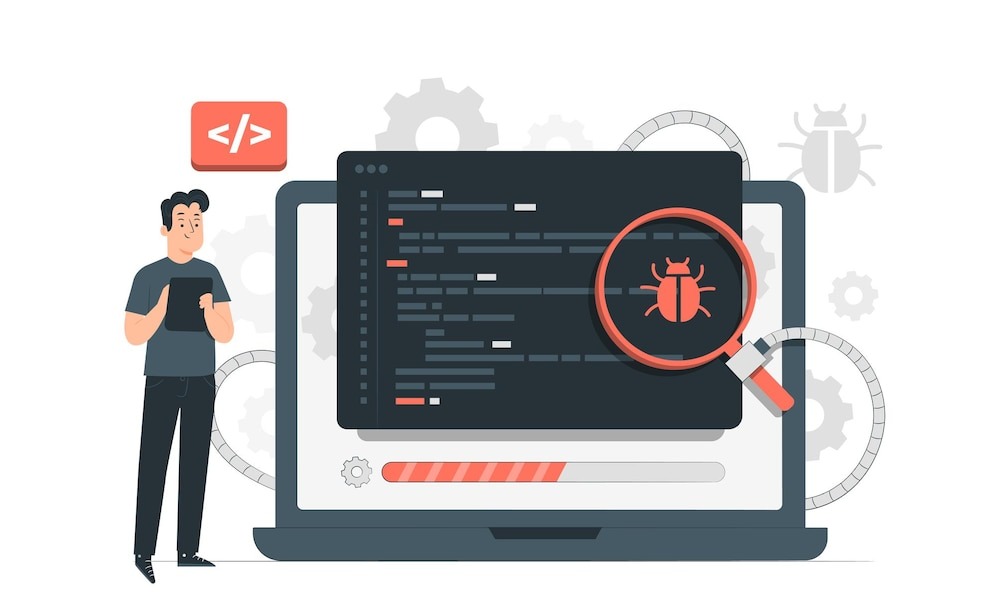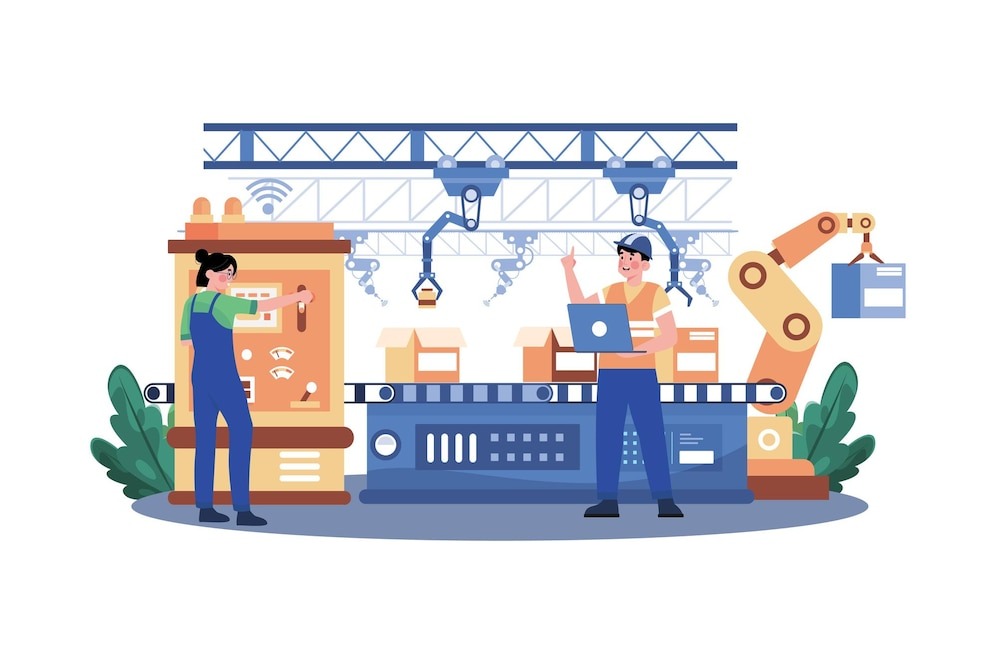As the demand for cross-platform mobile and desktop apps rises, so does the need for reliable testing and debugging workflows. With .NET MAUI (Multi-platform App UI), Microsoft has introduced a unified stack to target Android, iOS, Windows, and macOS from a single codebase — but the ecosystem for testing and debugging MAUI apps is still evolving.
So what’s next? What tools and techniques should .NET teams be exploring to keep their MAUI apps stable, performant, and production-ready?
In this post, we’ll look ahead at where testing and debugging in .NET MAUI are headed—what tools are gaining traction, what challenges persist, and how businesses can prepare their teams or their .NET MAUI app development company to future-proof their workflows.
The Current State of Testing in .NET MAUI
Right now, testing in .NET MAUI includes:
- Unit Testing: Using familiar frameworks like xUnit or NUnit to test view models, services, and core logic.
- UI Testing: Appium and Selenium can be used for automated UI tests, but setup and stability can vary across platforms.
- Manual Device Testing: Developers often rely on simulators/emulators or real devices, especially when working with hardware integrations or gestures.
While this is sufficient for many teams today, it doesn’t fully address the demands of enterprise-grade testing at scale. That’s why leading .NET software development companies are investing in more advanced, automated solutions — and tracking the future roadmap of MAUI tools closely.
What’s Coming: Future Testing Tools for .NET MAUI
1. .NET MAUI Test Harnesses
Expect more purpose-built test harnesses for MAUI UI elements. Microsoft and the open-source community are beginning to provide better ways to isolate and test UI without spinning up a full application instance, reducing test time dramatically.
These tools will support cross-platform snapshots, dynamic test data, and better automation — especially useful for teams providing custom .NET MAUI development solutions.
2. Cross-Platform Snapshot Testing
Snapshot testing is widely used in web development (like with Jest for React). This technique will become more relevant for .NET MAUI as UI rendering becomes easier to virtualize and validate.
Think: comparing rendered layouts across platforms automatically — catching visual regressions before users ever see them.
3. AI-Augmented Test Generation
AI is increasingly used to generate unit and integration tests. Soon, .NET MAUI-specific tools may leverage this to automate repetitive test writing based on code structure, user flows, or telemetry.
Teams looking to hire dedicated .NET developers should consider candidates or partners already exploring this frontier, as it could significantly shorten test cycles.
Evolving Debugging Techniques for .NET MAUI Developers
Debugging cross-platform apps introduces complexity — a bug on Android may not appear on iOS, and vice versa. Here’s how debugging in .NET MAUI is evolving:
1. Hot Reload (Getting Smarter)
.NET MAUI already supports Hot Reload, allowing UI updates without restarting the app. Microsoft is working on making it more stable across platforms and more responsive to backend logic changes, not just visual tweaks.
This reduces friction during development and debugging, improving productivity for dot net maui development company teams working on iterative UI design.
2. Platform-Specific Diagnostics
Advanced tooling like Visual Studio Diagnostic Tools and platform-specific logging (Logcat, Xcode Console) is becoming more deeply integrated into MAUI. Expect future versions of Visual Studio to streamline this further so devs can debug platform-specific issues from a single interface.
3. Integrated Crash Analytics and Telemetry
Tools like App Center, Firebase, and Azure Monitor are increasingly being tied into .NET MAUI workflows. In the future, expect tighter integration directly from Visual Studio, letting you trace bugs, logs, and telemetry without jumping between tools.
These integrations are already critical for teams offering .NET MAUI app development services, especially those responsible for post-launch support and long-term maintenance.
Preparing for Test Automation in a .NET MAUI World
As test automation becomes the norm, here are a few ways to prepare your team (or your external partner) to stay ahead:
Build a Test Pyramid
Focus on strong unit test coverage, but also invest in API and UI test automation to reduce manual QA dependencies.
Embrace Mocking and Dependency Injection
This allows isolation of business logic from platform APIs — a must for testing across device targets.
Use Cloud Testing Platforms
Tools like BrowserStack, LambdaTest, and Microsoft’s App Center let you test MAUI apps across real devices and OS versions without managing hardware.
If you’re working with a .NET MAUI app development company, ensure they already use or support CI/CD-based device testing as part of their QA workflow.
The Role of Partners in Future-Proof Testing
Choosing the right partner is key to keeping up with MAUI’s rapidly evolving testing landscape.
A reliable dot net web development company transitioning into MAUI should offer:
- Knowledge of upcoming MAUI testing APIs and toolkits
- Experience with automation platforms and device labs
- Integration of performance and usability testing — not just bug checks
- Scalable QA frameworks tailored to mobile, desktop, and hybrid applications
As the platform matures, the best .NET development company will be the one that understands not just how to build MAUI apps but how to test, debug, and support them with long-term agility in mind.
Conclusion: Don’t Just Build MAUI Apps — Future-Proof Them
Testing and debugging in .NET MAUI is improving — and fast. With new tools, automation strategies, and smarter debugging experiences on the horizon, teams that adapt early will ship faster, reduce bugs, and scale more confidently.
Whether you’re building internally or partnering with a .NET MAUI app development company, now’s the time to go beyond basic testing. Invest in future-ready strategies, tools, and people — so your apps are ready for wherever MAUI takes you next.

